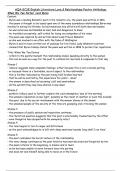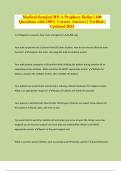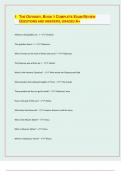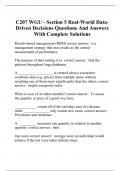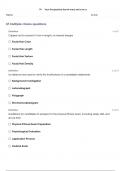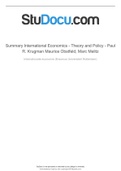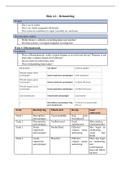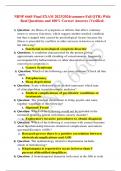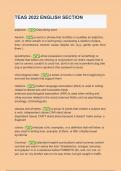Class notes
AQA GCSE English Literature Love & Relationships Poetry Anthology Grade 9 Key Points & Analysis
- Course
- Institution
provides in-depth summary of the poems Clear grade 9 level 4 Analysis understand the writers intentions and offering alternative interpretations ofthe poems
[Show more]
